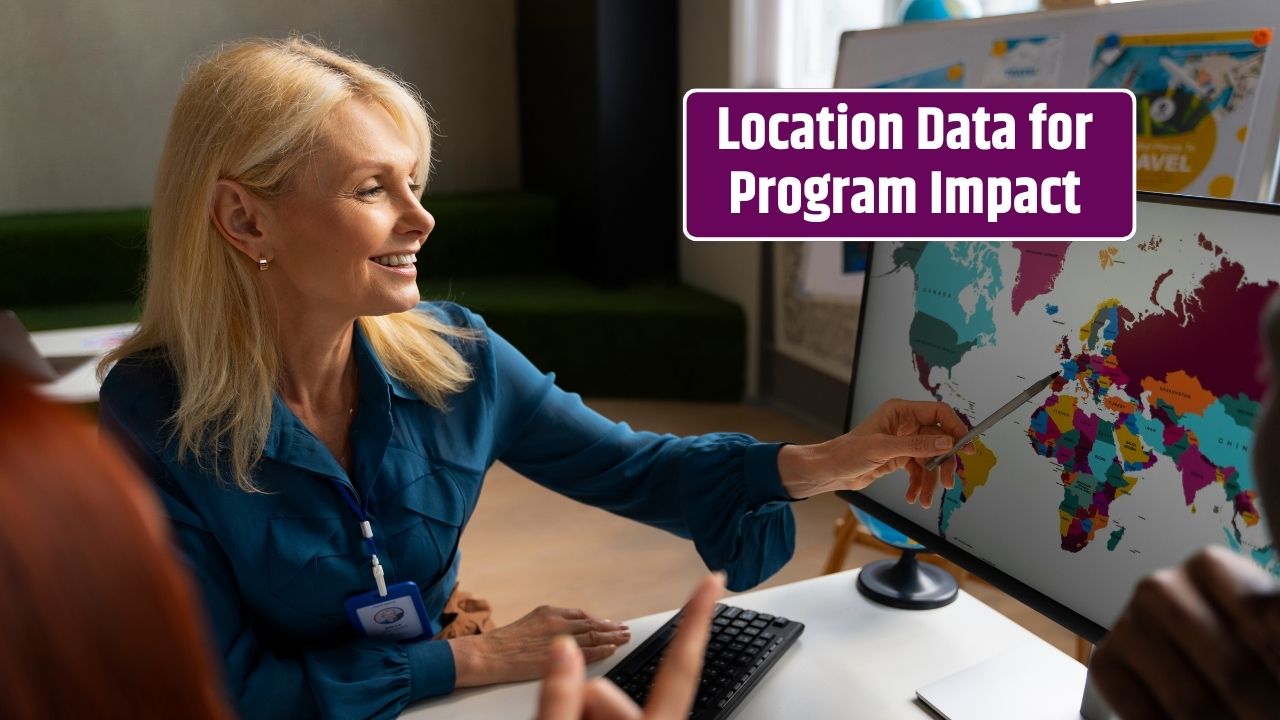In the quest to make social programs more effective and equitable, governments and nonprofits are increasingly turning to geographic data. This spatial information—ranging from ZIP codes to satellite imagery—allows agencies to map social challenges, identify underserved areas, and precisely target resources where they’re needed most.
Geographic data doesn’t just tell us where people live; it reveals patterns, disparities, and opportunities that traditional data alone can miss.
Table of Contents
What Is Geographic Data?
Geographic data, also known as geospatial data, refers to information tied to specific locations on the Earth. It includes coordinates (latitude and longitude), administrative boundaries (like census tracts or districts), and spatial features (roads, schools, housing developments). When combined with demographic, economic, or behavioral data, it becomes a powerful tool for public planning.
There are two main types of geographic data:
| Type | Description |
|---|---|
| Vector Data | Points, lines, and polygons representing features like cities or school zones |
| Raster Data | Grid-based data such as satellite images or heatmaps |
How Geographic Data Supports Social Program Targeting
Social programs—whether focused on health, education, housing, or employment—need to reach the right people in the right places. Geographic data supports this by enabling:
1. Needs Assessment by Region
Mapping poverty, unemployment, health disparities, or educational gaps helps agencies identify regions with the greatest need for support.
2. Resource Allocation
By visualizing service deserts (areas lacking hospitals, food banks, or childcare centers), agencies can allocate funding more effectively and equitably.
3. Program Design and Outreach
Geographic targeting helps tailor program design to community needs. For example, transportation access can be factored into planning mobile clinics or after-school programs.
4. Monitoring and Evaluation
Geographic data helps track program uptake and impact over time, allowing agencies to see which areas show improvement and where interventions may be underperforming.
5. Emergency Response and Planning
In crises such as natural disasters or pandemics, geographic data helps locate vulnerable populations and coordinate aid distribution.
Examples of Geographic Targeting in Action
- SNAP (Supplemental Nutrition Assistance Program): State agencies use GIS data to identify food deserts and open new access points for low-income residents.
- Public Health Campaigns: Cities use maps of vaccination rates and COVID-19 spread to deploy mobile units in underserved neighborhoods.
- Affordable Housing Initiatives: Planners use geospatial analysis to determine where to build based on rent burden, transit access, and displacement risk.
- Education Equity: School districts overlay geographic data with performance and income metrics to allocate Title I funding more fairly.
Benefits of Using Geographic Data
- Improved Accuracy: Programs can more precisely target communities rather than applying a one-size-fits-all approach.
- Greater Efficiency: Reduces wasted resources by focusing on high-need areas.
- Enhanced Equity: Ensures historically overlooked communities are included in planning and funding.
- Cross-Agency Collaboration: Spatial data can be shared across health, housing, and education departments for coordinated interventions.
Challenges and Ethical Considerations
While geographic data is powerful, it comes with challenges:
- Data Quality: Outdated or low-resolution maps can mislead decisions.
- Privacy: Location data tied to individuals must be anonymized to protect confidentiality.
- Bias and Exclusion: Not all communities are equally represented in spatial data collection, leading to gaps.
- Overgeneralization: Geographic trends don’t always reflect individual circumstances; care must be taken not to stereotype entire areas.
To use this data responsibly, agencies must combine it with local knowledge and ensure that affected communities are part of the decision-making process.
Tools and Technologies
Modern geographic targeting relies on a range of tools, including:
| Tool/Platform | Use Case |
|---|---|
| GIS (Geographic Information Systems) | Mapping and spatial analysis |
| Remote Sensing | Satellite data to track environmental or urban changes |
| Census Data Portals | Publicly available demographic and housing data |
| Dashboards (e.g., Tableau, Power BI) | Visualizing spatial data and program outcomes |
When used together, these tools provide a dynamic, data-driven approach to public program design and delivery.
FAQs
What’s the difference between geographic and demographic targeting?
Demographic targeting focuses on characteristics like age or income; geographic targeting uses location-based data to direct resources or services.
Is geographic data available to the public?
Yes, much of it is. The U.S. Census Bureau, HUD, and local governments offer open-access geospatial datasets.
Can geographic data lead to better equity in services?
Absolutely—when used correctly, it highlights disparities and ensures underserved areas aren’t overlooked.


























